Jarrett Dapier (he/him) answers our questions about MR WATSON’S CHICKENS in this interview with Solidarity Director, Kate Reynolds (she/her), aka The Lavender Librarian.
A Note from Ms. Kate
I was so excited to talk to Jarrett about his, frankly, hilarious book. It’s a book that rewards re-reading, which is great, since my nephew (3) requested it upwards of ten times a day! It made him giggle.
I will also note that, in spite of so many readings, he was still surprised yesterday when his sister told him he could marry a boy when he grows up (if he wants to). This blew his little mind.
Everyday Representation Matters
I mention this because this book has been challenged as indecent for some of the most subtle LGBTQ2S+ representation imaginable. The characters are incidentally queer and I don’t believe the fact that there is a same-sex couple at the center of this story will register with little readers.
That doesn’t mean that this representation isn’t valuable. There’s something truly revolutionary about simply reflecting the world as it is, full of all kinds of people, rather than sanitizing it so that only some are reflected. I’m so grateful for the diversity of representation in these pages.
The Bad News About Book Challenges
Book banning is a bit more subtle than we imagine. It’s not just that a book is pulled or is illegal. We also hear hopeful stories of challenged books hitting the top of the best seller list.
This is true of books by some established authors but book challenges are not generally good for authors. Many books are soft-banned with libraries and schools afraid to purchase them lest they be inundated with paperwork. Nuisance claims still cause real harm. It hurts authors. And it hurts kids.
In Solidarity,
Kate (she/they)
First, I just have to say, your book is currently my three-year old nephew’s favourite book. It’s currently being read several times per day and it really rewards re-reading.
When you wrote your book were you expecting it to be read repeatedly?
I’m so happy to hear that about your nephew. There are few things in life that make me happier than to know that Andrea (the illustrator), Taylor (the editor), and I made a book that’s enjoyed repeatedly like that. I absolutely wrote the book in the hopes that it would be a favorite read-aloud, not just because of the rhythms of the language and Aunt Agnes’ “Shooby doo” song, which I did write to be read aloud, but I also hoped the story would attract an illustrator like Andrea whose illustrations would reward re-reading. Some of my kids’ favorite books when they were young were those that were fun to look through over and over to discover new details in the art. We loved books like 10 MINUTES ‘TIL BEDTIME, SAM AND DAVE DIG A HOLE, CARS AND TRUCKS AND THINGS THAT GO, among countless others.
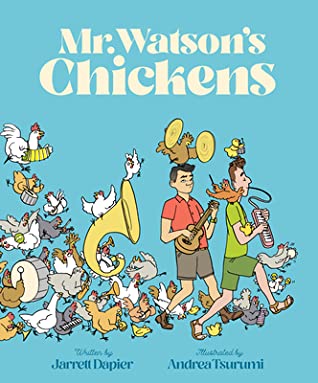
What do you expect a child to get from a subsequent reading that they may miss the first time though?
I definitely expect that both grown-ups and kids will discover funny chicken antics and activities they hadn’t seen before each time they read the book. I wrote it and have looked through the art for years and still see a chicken doing something somewhere in one of the drawings I’d never noticed before each time I open it. Andrea’s work is brilliant and rewarding and hilarious in that way. I also hope that each time it’s read aloud, the reader feels freer to be more expressive with the language and the dialogue. Young readers love to mimic expressive read-aloud, which is so good for their path to literacy, and there are a lot of opportunities for drama in the reading of the story. I also hope that children laugh and laugh at new and familiar details with each re-reading.

The images in this book compliment your words so beautifully, are they what you were imagining as you wrote this book?
Andrea illustrated the book so close to what I’d imagined it would look like, I still can’t believe it. It’s incredible to me how attuned we were with one another even though we never talked throughout the art process. Andrea poured in their own creativity and inventiveness on every page, but the general look, design, and feel of the illustrations are exactly what I’d hoped for.
There’s some great diversity in the images – the background characters just happen to include all kinds of people – that goes beyond the words themselves; was this something you requested?
I requested an illustrator who would naturally include diversity throughout the book, who would understand illustrating true city scenes requires it, and one who would instinctively connect with Mr Watson and Mr Nelson’s relationship. Again, Andrea was the perfect choice. They just naturally see, love and respect the diversity in humanity. There’s even a young girl in one of the images who appears to have Down Syndrome — which I rarely see in books. I’ve had family and friends with Down Syndrome, so that really touched me and got in close to my heart.
Did you deliberately write a book that would have so many chicken sounds?
Yes! There were even more that were cut. I read an old draft the other day and I had written in an art note that Mr. Watson’s hears the chickens bobbing in the pickle tubs and the sounds they’re making are “Cluckity-blunk, cluckity-blunk-blunk.”
Does the Shooby Do song have a tune? Should we write one?
I like to say that the song’s tune is whatever each reader gives it. I’ve been sent videos of parents and caregivers reading the book aloud, I’ve had adults sing the song to me, and I’ve heard whole classes sing it to me before I read it aloud and each time it’s different. I love that. I do have a tune that I sing, but I don’t consider that the way it should be sung. Plus, my wife came up with it, not me. I told a parent who asked me for the “official melody” of the song that if her son loves the way she sings it, which he does, then that’s the official melody. I’d hate to mess with that connection. And I don’t think her son would accept changing it now that, according to her, he begs for her to sing it the way she sings it.
It is great to see partners of the same sex where their queerness feels incidental. I’m in a same-sex relationship myself and it feels, almost, revolutionary to see a same-sex couple just existing and loving each other without explanation. Was allowing them to just be a loving couple — without commenting on their sexuality — intentional?
Thank you for saying that. I did write it with this intention. Despite what hysterical “‘parents’ rights” groups (which is a phrase that is really just code for “heterosexual, bigoted, and homophobic parents rights”) think, it is long past due that LGTBQ+ characters’ stories are told without problematizing their sexuality. One individual wrote me an email me and said, “I’m gay and I’m a farmer in a small town. Thank you for showing that my sexuality is a regular part of who I am.” Another told me he cried when he read it because the characters’ relationship is presented as normal and the problem is not who they love, but their outlandish chickens. He was touched by the idea of sharing this story with his nephew. Children need to be told explicitly that LGBTQ+ folks are normal and deserving of respect. One way to do that is to tell stories in which they live lives like any other person. It’s not ‘indoctrination’ to do this (which is what a lot of book challengers are charging), but a celebration and an affirmation of humanity’s incredible diversity.
It’s especially poignant when Mr Watson is worried about his partner and consoles Mr Nelson when the chickens get out of hand. It shows children an example of compassion/empathy. Was this particular scene intentional?
Absolutely. I wanted to show how love is hard and sometimes we need to reflect and change for those we love when they’re struggling due to our behavior. I mean, Mr Nelson really does try to be patient and figure out how he can live with all these chickens. But, eventually it’s too much. I also intentionally showed that Mr Nelson helps Mr Watson solve the chicken problem instead of just leaving him on his own to figure it out. Loving another person also means sometimes supporting them through their change. It’s heartbreaking when a person won’t change their destructive behaviors and can’t see how it’s hurting the people who love them.
For many adults the idea of an “empty nest” is sometimes a difficult life moment. It is wonderful to show how the chickens all had their path and were happy and Mr Nelson and Mr Watson still had a home to continue to share. Was this meant as a metaphor for children leaving home?
I never thought of it that way! When I wrote it, I was playing with bird and chicken-language like “broken egg,” so “empty nest” in reference to their empty house after the chickens had left just naturally fit. But, I like this interpretation.

This could become a Storytime favorite: it’s simple, heartwarming, and it flows so fluidly! Did you write this imagining it being read-aloud. Do you read your own words aloud while writing? Tell us a little bit about your process!
I hope it becomes a storytime favorite! think read-aloud is one of the most fun, important, and special parts of raising or working with children. I absolutely write my picture books in the hope that they will make for a great read aloud. I used to read aloud to my younger brother who was 5-8 years old when I was in college, I have always loved reading aloud to students and young library patrons where I’ve worked, and when our kids were young, my wife and I — former theater kids — read aloud to them constantly.
A good read aloud book is fun and just feels right while being read. I read aloud what I’m writing over and over and it helps me edit as I go. It really helps when winnowing down first drafts that are always too baggy to begin with. I did this with the script for my graphic novel that comes out in 2023 — which is called WAKE NOW IN THE FIRE. Reading the dialogue aloud helped me identify lines that were awkward or stilted or needed adjusting. I don’t know if this works for other writers, but I would recommend trying it.
How can we support you and your wonderful book?
Please recommend it to others, blog about it, post about it on Instagram and TikTok, give it as a gift, and sing Aunt Agnes’ song! Also, please encourage bookstores that aren’t carrying it to stock it. I think that one way to make a case for the book to stores and libraries is to mention the incidental LGBTQ+ representation and how important that is, especially now as these materials are under assault. It’s also a really easy hand sell because as soon as kids see all the chickens on the cover or open it up to one of the zany pages, they want to buy it.
It can be so easy for picture books to slip between the cracks, so talking it up whenever you can really helps.
Can you recommend a few other picture books you particularly enjoy?
This is always my favorite question. For great read aloud books, I love
- BATHE THE CAT by Alice B. McGinty
- THE ROOSTER WHO WOULD NOT BE QUIET! by Carmen Agra Deedy
- TRUMAN by Jean Reidy
- and OH NO! by Candace Fleming, which is a classic.
Quieter and reflective books I’ve recently loved include THE DEPTH OF THE LAKE AND THE HEIGHT OF THE SKY by Kim Jihyun and BOOK OF QUESTIONS by Pablo Neruda (published by Enchanted Lion).
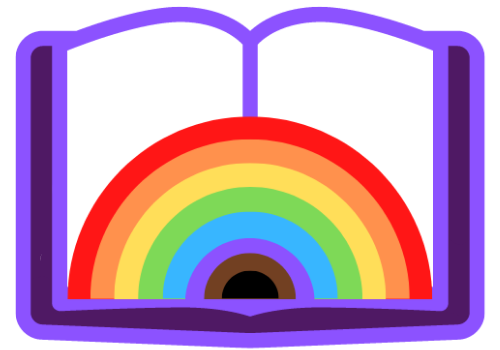
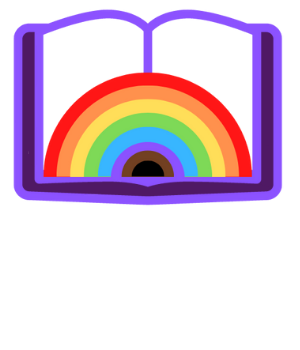
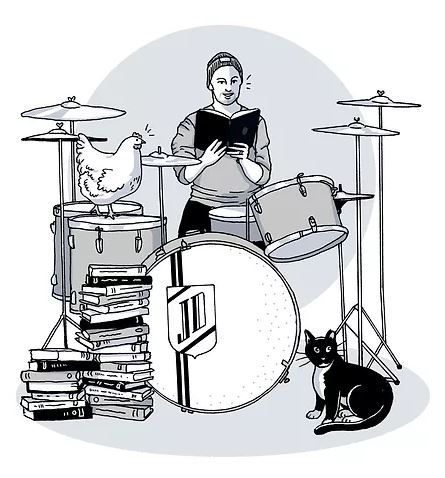
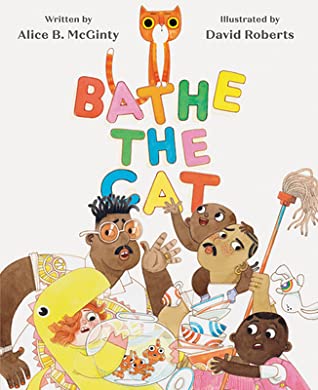
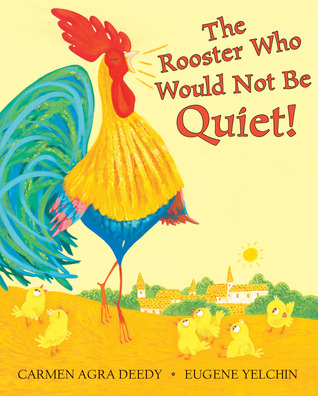
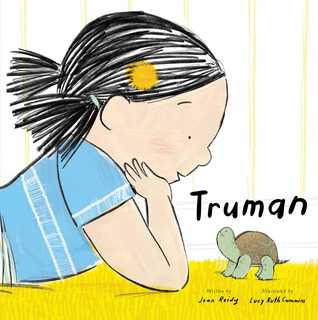
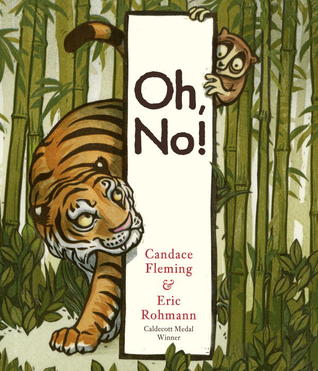
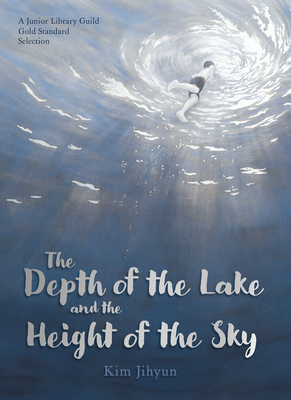
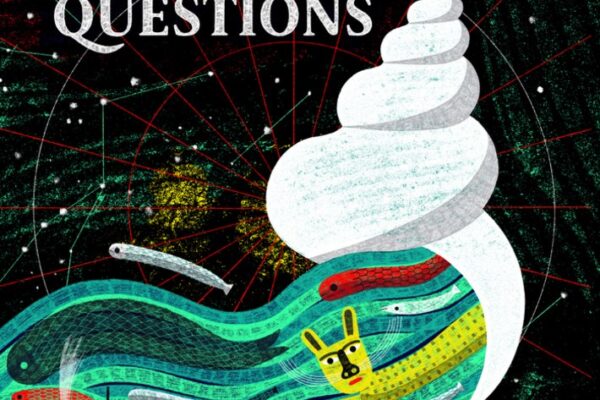
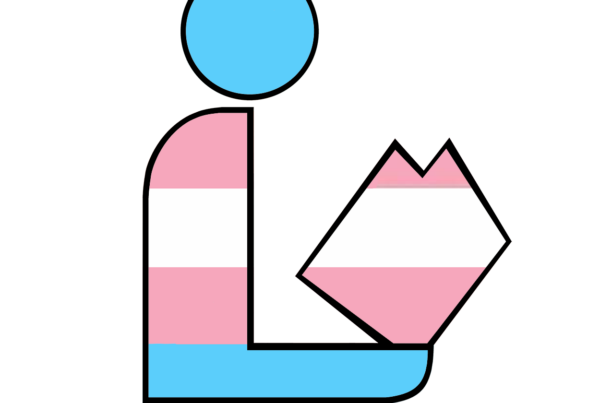
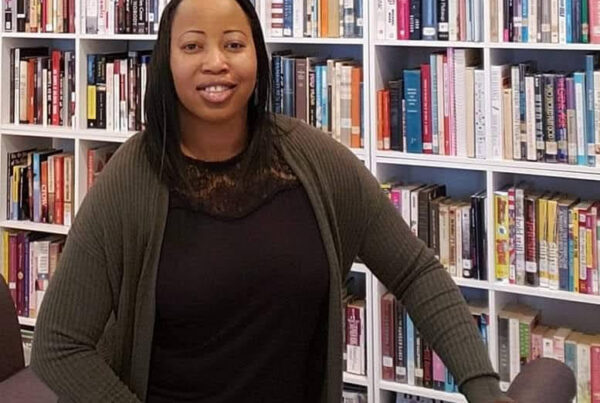
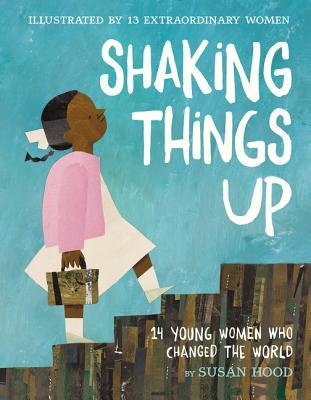
Thanks for another great post.